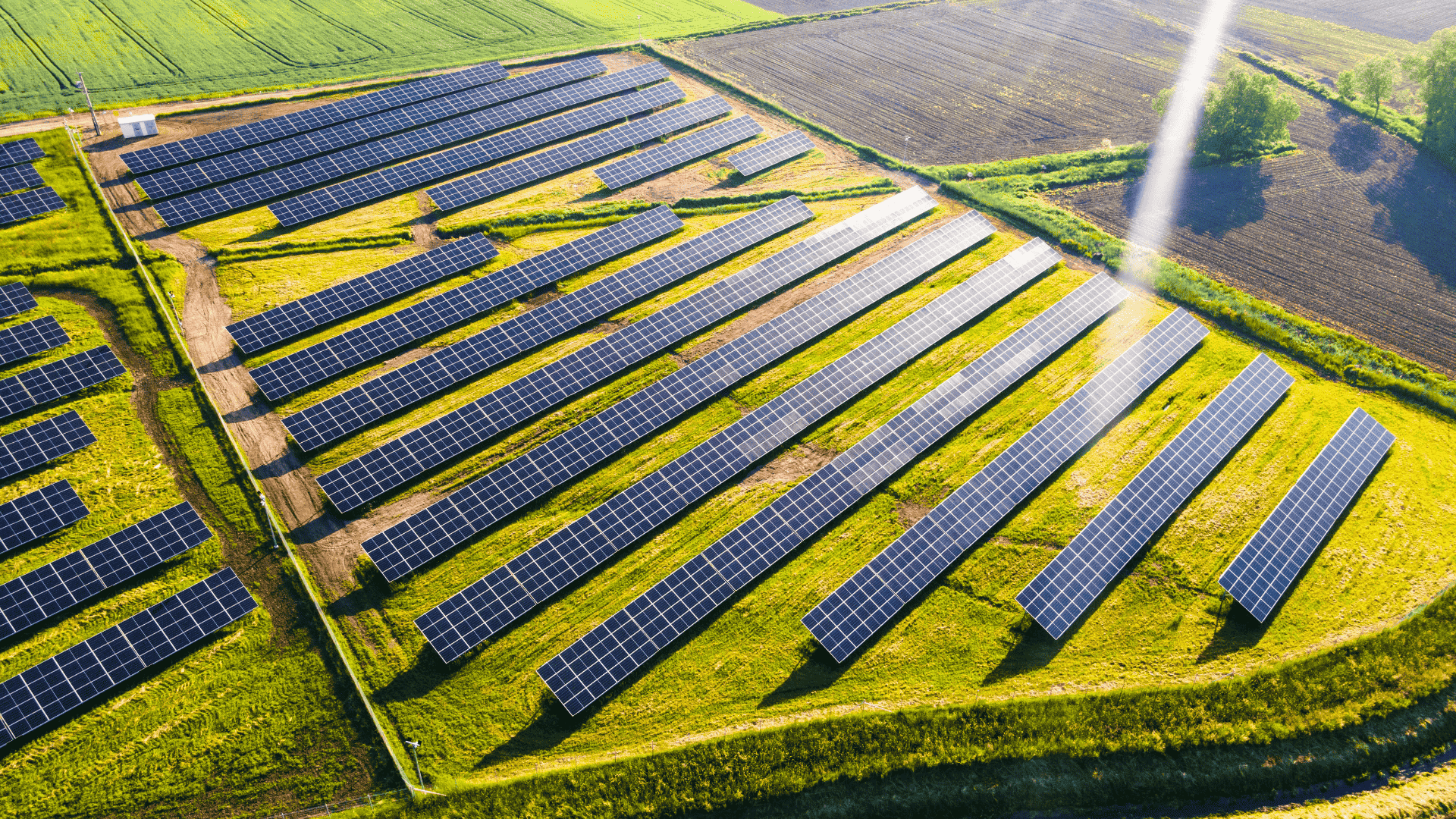As companies navigate an increasingly volatile global economy—marked by energy price fluctuations, geopolitical uncertainty, and mounting climate-related regulations—many are rethinking how to protect their bottom lines while advancing sustainability goals. One solution rising to the top: commercial solar energy.
More than just an environmentally responsible choice, commercial solar is now seen as a strategic investment—one that offers long-term cost stability, reduces operational exposure to fossil fuel volatility, and improves ESG performance. In the era of net-zero commitments and performance-based capital access, solar infrastructure is becoming a vital component of modern risk management and financial planning.

Rising Energy Volatility Demands New Defensive Plays
From war-induced supply shocks to unpredictable fossil fuel pricing, energy markets have become a source of financial vulnerability for organizations across sectors. For companies with global footprints or energy-intensive operations, this volatility directly impacts bottom lines and long-term forecasting.
Traditional hedging instruments like futures and options provide only temporary relief and come with complexity. In contrast, solar energy infrastructure offers a structural solution: the ability to generate clean, predictable, and fixed-cost power for decades.
Commercial Solar as a Long-Term Financial Strategy
Commercial solar power purchase agreements (PPAs), leases, and direct investments present unique financial advantages:
- Price Stability: Unlike fossil fuels, solar energy pricing is not tied to commodity markets. A commercial solar installation can lock in energy costs for 15–25 years.
- OPEX Reduction: Predictable power expenses improve budget forecasting and reduce exposure to inflationary pressures.
- Capital Asset Appreciation: On-site solar installations increase property value and may be depreciated for tax advantages under current U.S. law.
Seen through a financial lens, solar becomes more than just a sustainability asset—it becomes a defensive investment, akin to owning an annuity that pays off in reduced operating risk.
Solar and ESG: Performance, Not Just Optics
Environmental, Social, and Governance (ESG) performance has evolved from a branding exercise into a critical determinant of institutional investor interest. Firms with strong ESG frameworks are not only outperforming their peers over the long term—they’re also unlocking new sources of capital.
Green bonds, ESG-linked loans, and favorable insurance terms are increasingly accessible only to companies that can demonstrate genuine progress in carbon reduction. Commercial solar installations directly address Scope 2 emissions, often the largest share of a company’s carbon footprint after supply chain emissions.
Partnerships with experienced providers like REC commercial solar allow businesses to streamline this process, implementing solar solutions that are quantifiable, certifiable, and aligned with recognized sustainability frameworks like GRESB, SASB, and the Task Force on Climate-related Financial Disclosures (TCFD).
Commercial Solar: Beyond Infrastructure to Investment Strategy
In addition to energy cost savings and ESG compliance, solar energy can serve as a critical component of an integrated investment strategy. Real estate investment trusts (REITs), for example, increasingly pursue solar projects to boost net operating income (NOI) while qualifying for green building certifications such as LEED or BREEAM.
Moreover, corporate treasurers are beginning to treat solar installations as tangible financial assets with a calculable return profile. In the same way businesses conduct cost-benefit analyses for equipment purchases or R&D investments, solar projects now fit comfortably within the realm of strategic capital allocation.
With tailored financing models, many firms can deploy solar with minimal upfront capital—turning solar energy into a cash-flow positive investment from day one. Providers like REC commercial solar specialize in customizing these financial models, ensuring that the transition to solar aligns with each organization’s cash flow objectives and long-term strategic goals.
Managing Operational Risk Through Energy Independence
Solar energy also acts as a safeguard against energy supply disruptions. Power outages, grid instability, and black swan events can have costly consequences—especially for industries like manufacturing, logistics, and data services.
By integrating solar arrays with battery storage and backup systems, companies gain greater energy independence and reduce reliance on volatile utility markets. This resilience translates to greater operational continuity, something particularly valuable in an era of climate-induced blackouts and rising cyber threats to infrastructure.
Leading firms are incorporating such resilience into their business continuity and risk management frameworks. Through scalable deployments, partners like REC commercial solar help enterprises of all sizes achieve this while maintaining compliance with local regulatory and permitting requirements.
The Policy Wind at Solar’s Back
Government policy is another critical tailwind driving commercial solar adoption. Incentives like the U.S. Inflation Reduction Act (IRA), which extends investment tax credits and provides additional subsidies for domestic production, make solar even more attractive from a financial standpoint.
Across the EU and Asia-Pacific regions, similar policy mechanisms are reducing financial barriers and speeding up approvals for commercial solar infrastructure. By acting now, organizations can take advantage of these time-sensitive programs to reduce upfront costs and improve ROI.
What’s more, upcoming disclosure requirements from regulatory agencies—including Scope 1 and 2 emission transparency—are accelerating the adoption timeline. Early movers stand to benefit not just from regulatory compliance but from first-mover advantage in their sectors.
Conclusion: A Strategic Imperative for a Volatile Era
The intersection of energy volatility, investor pressure, regulatory transformation, and technological maturity has made commercial solar a strategic imperative rather than a nice-to-have. It’s not just an energy solution—it’s a financial tool, a compliance strategy, and a reputational asset rolled into one.
Companies that embrace solar energy today are not merely reducing emissions—they are positioning themselves for a more stable, resilient, and investable future.
HedgeThink.com is the fund industry’s leading news, research and analysis source for individual and institutional accredited investors and professionals









